A 50 year old mystery involving ancient dinosaur bones and the very strange creature they belonged to, has finally been solved.
Philip Currie is one of the most respected paleontologists in the world. He is professor and Canada Research Chair of Dinosaur paleobiology at the University of Alberta
Listen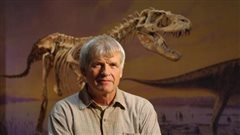
For decades, all researchers had to go on were a couple of large dinosaur arms. Somewhat similar to T-rex forelimbs, their 2.4 metre length and shape led to speculation that they came from what could be an enormous creature 90 metres long.
In a multi year convoluted trail involving re-locating a “lost” quarry in Mongolia using only an old hand-drawn map, discovering new fossils there, and eventually through other scientific sources finding matching “poached” portions of skeleton in a fossil dealer’s shop in Europe, Dr Currie and the team finally solved the mystery
But what they found was every bit as strange as all those years of speculation.
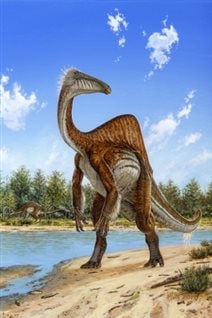
In fact, the creature was only about 11 metres long, and weighed about 6-7 tons, making it about the same size as a T-Rex.
The original strange forelimbs for the then unknown creature resulted in it being called Deinocheirus mirificus (meaning “horrible hand,” “unusual”)
Unusual aptly describes the creature which lived about 70 million years ago, about 5 million years before dinosaurs became extinct.
Living near an ancient river running through the Gobi desert, Deinocheirus looked rather like some kind of dinosaur experiment, mixing the features of several kinds of dinosaurs into one.
It would have been one of the largest of the 40 or so other species in the area at the time, and apparently was an omnivore, eating both plants and fish.
Somewhat resembling the smaller ostrich-mimic dinosaurs, Currie says, it has a number of strange unique features especially the very long skull with a duck bill-like mouth portion.
It is also speculated that evolving to this great size probably resulted in the strange mix of features and that it grew possibly as a defence against Tarbosaurus, a large predator in the region at the same time and seen as an Asian cousin of T-Rex.
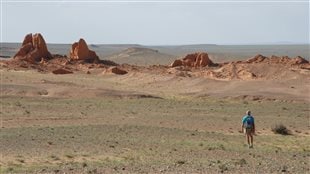
On the last day of a trip to the Gobi, led by Currie, the team also made a discovery of a new member of the ankylosaurus family, and which has been named this month in the Zoological Journal of the Linnean Society in a paper by Victoria Arbour, Demchig Badamgarav and Philip Currie
Zaraapelta nomadis has an elaborate series of spiky bumps and horns, speculated to be for sexual display as well as for defence.
Like “Indiana Jones”
Currie notes that these discoveries point out that there are still many mysteries to solve and
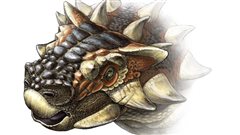
as such we still have a great deal to learn about dinosaurs. He adds that in making these discoveries it sometimes does feel like something out of “Indiana Jones”.
In support of preserving these assets in Mongolia, Currie and his wife and research partner Eva Koppelhus have been working on a book about Mongolian dinosaurs to raise awareness and pride among Mongolians for their prehistoric treasures, hopefully as a way to deter further poaching –
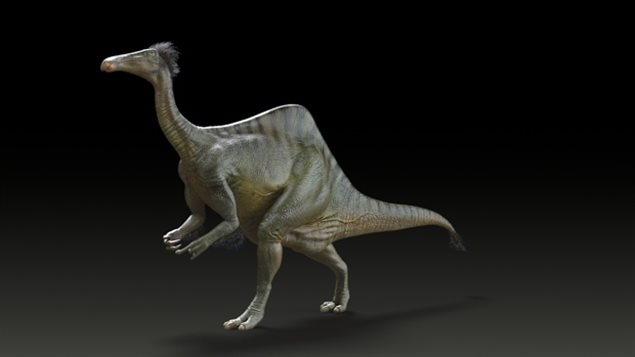






For reasons beyond our control, and for an undetermined period of time, our comment section is now closed. However, our social networks remain open to your contributions.